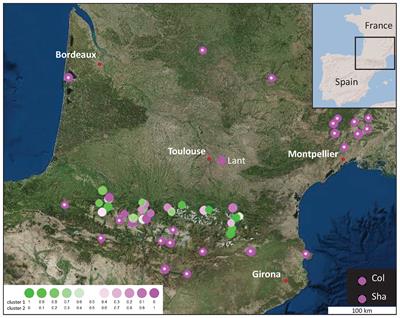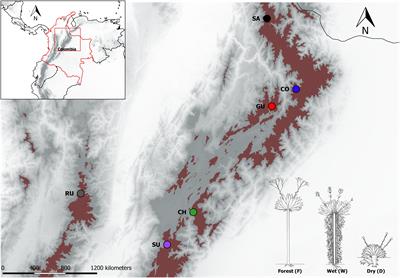ORIGINAL RESEARCH
Published on 09 Apr 2019
Phenotypic Trait Variation as a Response to Altitude-Related Constraints in Arabidopsis Populations

doi 10.3389/fpls.2019.00430
- 5,492 views
- 11 citations
34k
Total downloads
149k
Total views and downloads
Select the journal/section where you want your idea to be submitted:
ORIGINAL RESEARCH
Published on 09 Apr 2019

ORIGINAL RESEARCH
Published on 21 Mar 2019

REVIEW
Published on 18 Mar 2019

ORIGINAL RESEARCH
Published on 05 Mar 2019

ORIGINAL RESEARCH
Published on 26 Feb 2019

ORIGINAL RESEARCH
Published on 21 Jan 2019

ORIGINAL RESEARCH
Published on 11 Dec 2018

ORIGINAL RESEARCH
Published on 03 Dec 2018

ORIGINAL RESEARCH
Published on 27 Nov 2018

ORIGINAL RESEARCH
Published on 26 Nov 2018

ORIGINAL RESEARCH
Published on 14 Nov 2018

ORIGINAL RESEARCH
Published on 31 Oct 2018


Frontiers in Ecology and Evolution
Frontiers in Plant Science
Evolutionary and Population GeneticsOffline